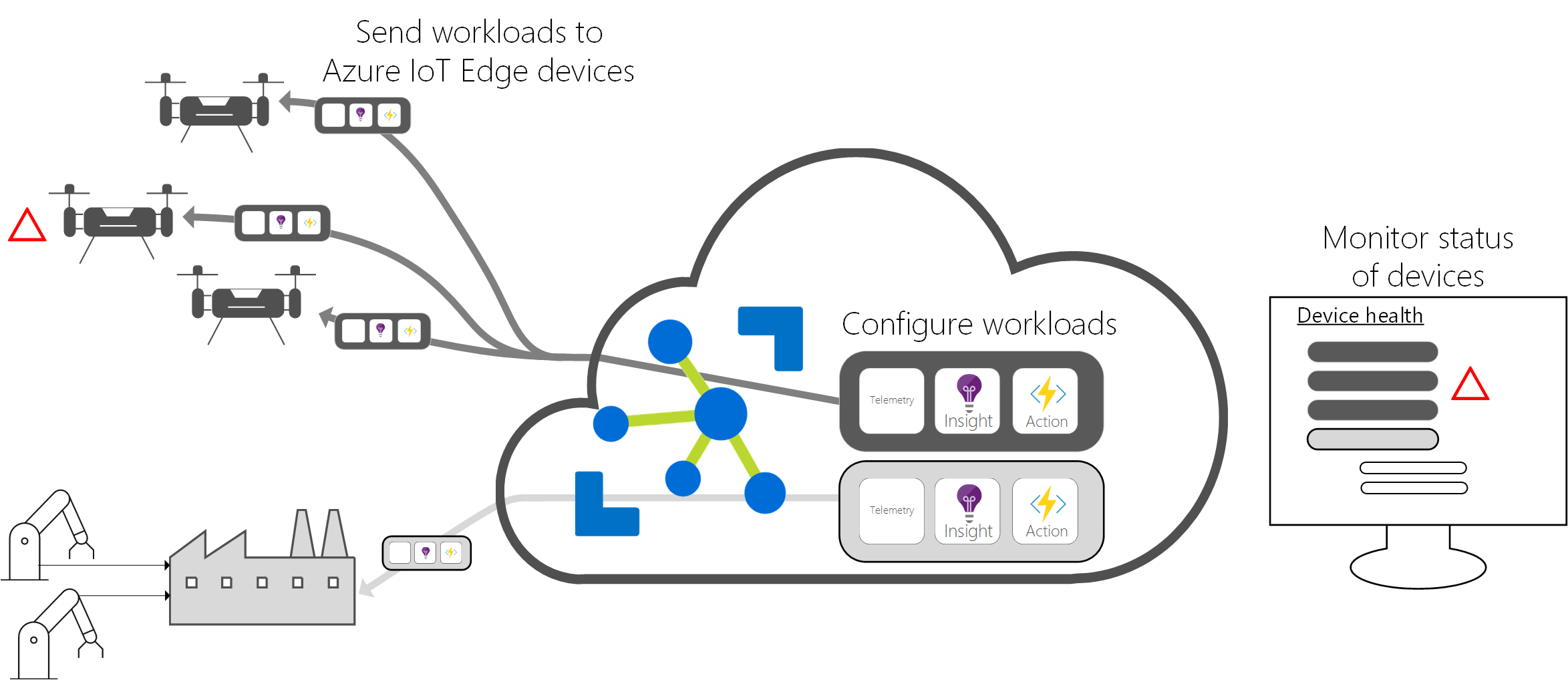Azure IoT Edge 1.0.2
The Azure IoT Edge runtime is a collection of programs that need to be installed on a device for it to be considered an IoT Edge device. Collectively, the components of the IoT Edge runtime enable IoT Edge devices to receive code to run at the edge, and communicate the results. The responsibilities of the IoT Edge runtime fall into two categories: communication and module management. These two roles are performed by two components that make up the IoT Edge runtime.

The Azure IoT Edge hub is responsible for communication, while the IoT Edge agent manages deploying and monitoring the modules. Both the Edge hub and the Edge agent are modules, just like any other module running on an IoT Edge device. Microsoft has just released 1.0.2 of its Azure IoT Edge which offers these improvements:
- A public preview of the extended offline feature lets an Edge device, and downstream devices connected to it, function offline indefinitely. You can find more details in the blog post that announced the feature.
- Edge devices can now operate through a proxy server. Product documentation has been added to explain configuring this feature.
- Multiple bugs have been resolved in both Edge Hub and Edge Agent. (You can find a full change list in the release notes on GitHub.) Most notably, we’ve improved startup time performance and resolved an issue that resulted in an edge device using unexpected bandwidth.
You must update to the 1.0.2 version of all runtime components to get the benefits of this release. If you need help with your upgrade or to learn more about Azure IoT Edge, give 2W Tech a call today. 2W Tech is a Gold Microsoft Partner and would be happy to help guide you through your Microsoft journey.
Read More:
Focus on the Basics of Cybersecurity Prevention
Epicor Financial Management Reports and Module
Finding Success in the Cloud
Enjoyed reading this article? Click the button below to download this asset.